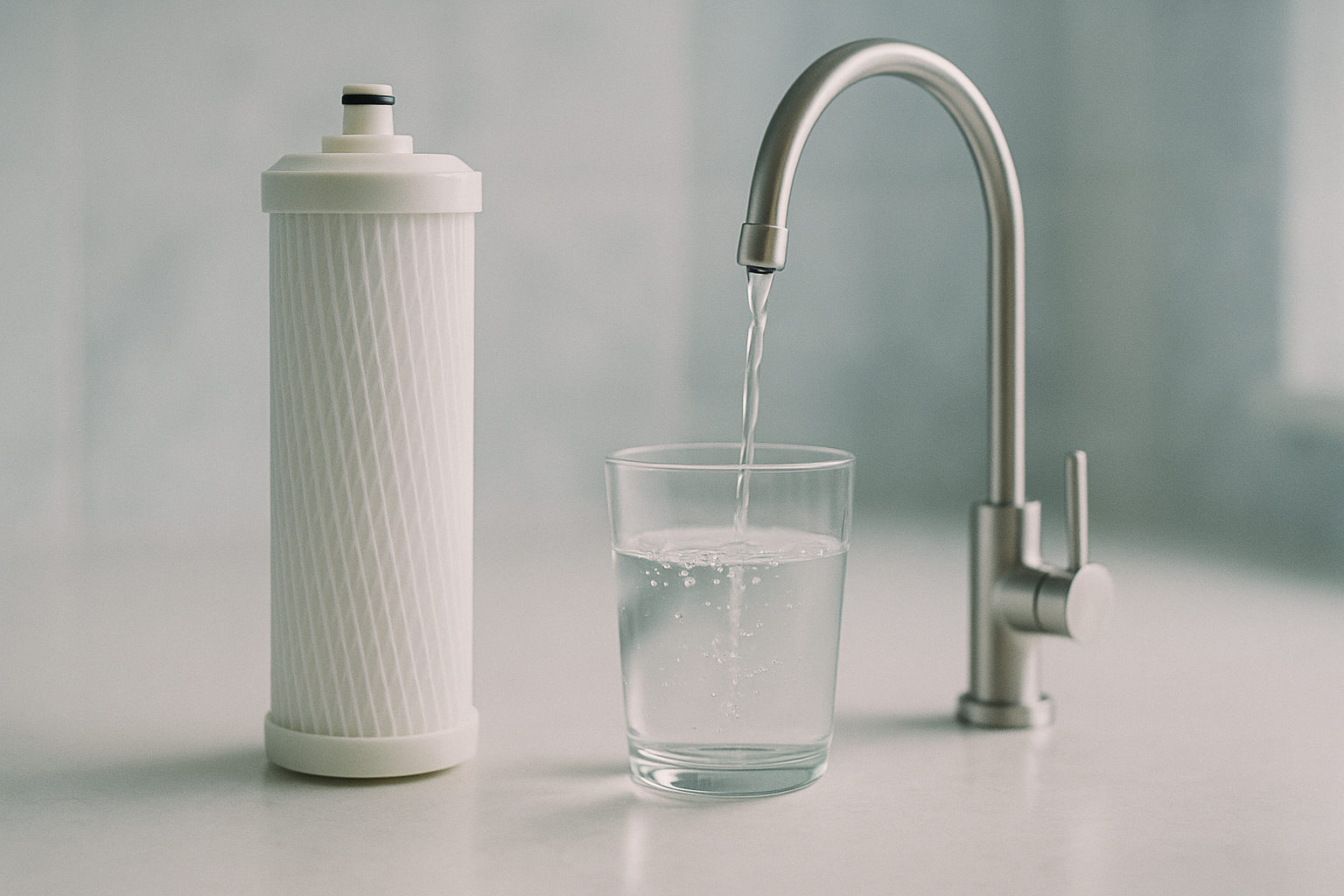The global home water filtration unit market size was valued at USD 8.6 billion in 2018 and is expected to register a compound annual growth rate of 15.9% from 2019 to 2025. In recent years, the market has gained immense traction as a result of changing lifestyles, especially in urban areas. The scarcity of drinking water has obligated the domestic authorities to provide the population with an adequate supply of the same. Rising concerns over different waterborne diseases such as E.Coli and cholera have augmented the popularity and demand for such purifiers in the global market. Consumer preference has shifted substantially to a long-term solution such as water purifiers, which are portable and reasonable to purchase. The value of ownership is an old concept where there is a tendency to acquire assets, which could give results for a longer duration. One such type is the domestic water purifier. It is a necessity as well as a commodity, which is the need of time. Buying water is not a feasible choice for the long-term.
Every year, manufacturers flood the market with many different types of drinking water systems – all with varying features, functionalities, and prices. As a result, it can be challenging for consumers to find the right type of drinking water filter to fit their homes, lifestyles, and budgets. If consumers are uncertain of their requirements, they might end up spending a lot of time reading through heaps of water filter reviews online. The fundamental step in selection of water filters is to determine the existing water quality at the tap. This article provides a comprehensive guide in selecting the appropriate water filter.
CHOOSING THE RIGHT HOME WATER FILTER
It is imperative that homeowners have a thorough understanding of their water quality to identify the best treatment solution that meets their needs. Following are some of the points to take into consideration before installing a water filtration system.
- WATER QUALITY
The preliminary step a homeowner should take before installing a water purification system is to evaluate the water quality of their house. Homeowners can either request the local water utility to provide a copy of the water quality report or have the water quality parameters testing from a certified laboratory. - TYPE OF CONTAMINANTS TO REMOVE
Depending upon the results of the water quality testing, the homeowners can select the appropriate water purification system for their house. Homeowners can also request Sani Services for consultation on recommendations for water purification systems for their house. For e.g. taste and odor issues can be removed from Activated Carbon filters provided by 3M. Bacteriological and viral contaminants can be removed from Reverse Osmosis systems by Blue Pluser. - POU vs. POE –
Lastly, the homeowners can make a selection if they want to treat water at the point of use such as a kitchen sink faucet or if they would like to treat water when it enters the house. - WHAT DOES THE FILTER REMOVE?
Read the label to see if it is NSF-certified. If it is, you can search the NSF database or consult Sani Water to learn more about what a particular model is certified to protect you against. Labels on water filters also typically state the contaminants that are reduced, which can help to guide your choice. - HOW MUCH DOES THE SYSTEM COST?
The prices of different filtration systems can vary widely, from simple systems that can cost under $20 to complex systems costing hundreds of dollars and requiring professional installation. In addition to the price of purchasing and installing the system, consider the cost, schedule, and ease of maintenance, such as changing filter cartridges. In order to continue to work properly, all water treatment systems require maintenance.
The sections above provide a comprehensive overview of the different types of treatment technologies available for water purification systems and guide on how to select the right purification system based on individual needs. Home water purification systems will help customers save money (from bottled water costs) and provide a sustainable eco-friendly solution to preserve the environment.
Saniwater consultants and water experts provide detailed understanding of the different types of water filters available in the market and help their customers select the best filter based on their water quality and requirements.
REFERENCES
- https://www.grandviewresearch.com/industry-analysis/home-water-filtration-unit-market
- https://www.bloomberg.com/press-releases/2019-05-23/water-purifier-market-witnessing-growth-due-to-rising-government-investment-for-industrial-water-purification-tmr
- https://www.cdc.gov/healthywater/drinking/home-water treatment/household_water_treatment.html
- https://www.cdc.gov/healthywater/pdf/drinking/Household_Water_Treatment.pdf
- http://www.nsf.org/consumer-resources/water-quality/water-filters-testing-treatment/home-water-treatment-system-selection
- Sobsey, M. D., Stauber, C. E., Casanova, L. M., Brown, J. M., & Elliott, M. A. (2008). Point of use household drinking water filtration: a practical, effective solution for providing sustained access to safe drinking water in the developing world. Environmental science & technology, 42(12), 4261-4267.
- https://iaspub.epa.gov/tdb/pages/treatment/treatmentOverview.do?treatmentProcessId=2109700949
- https://www.waterfilteradvisor.com/choosing-a-water-filter/


